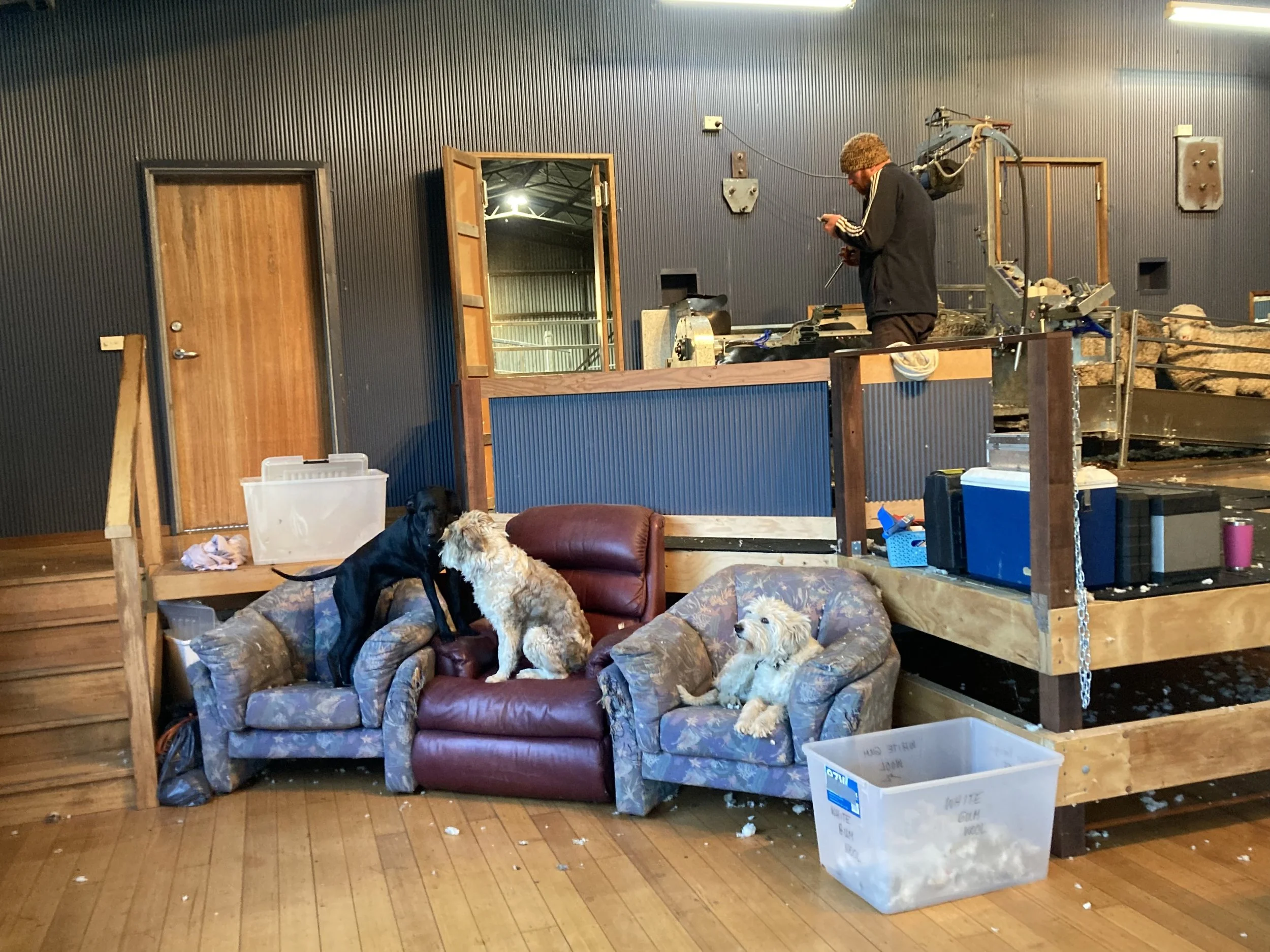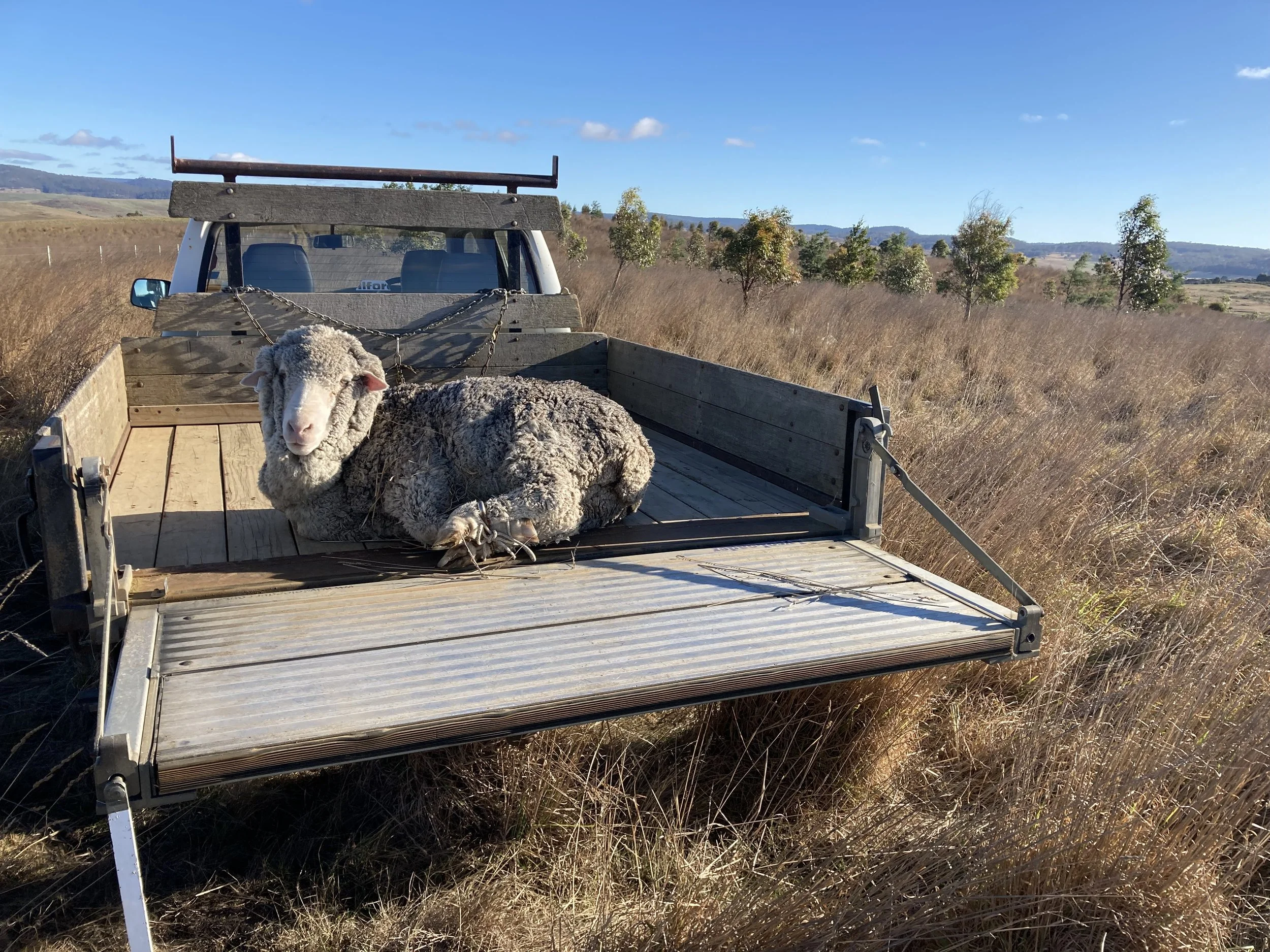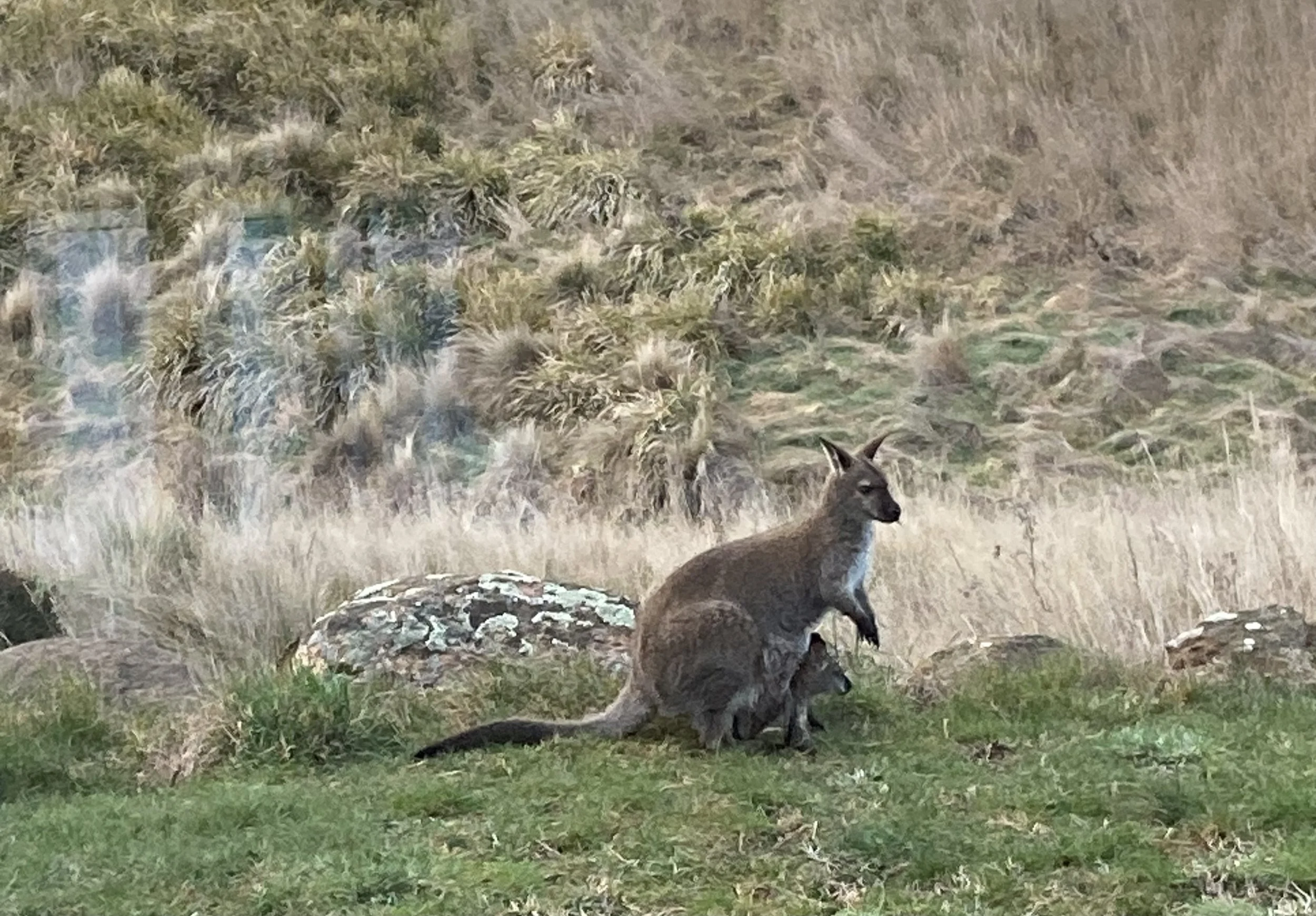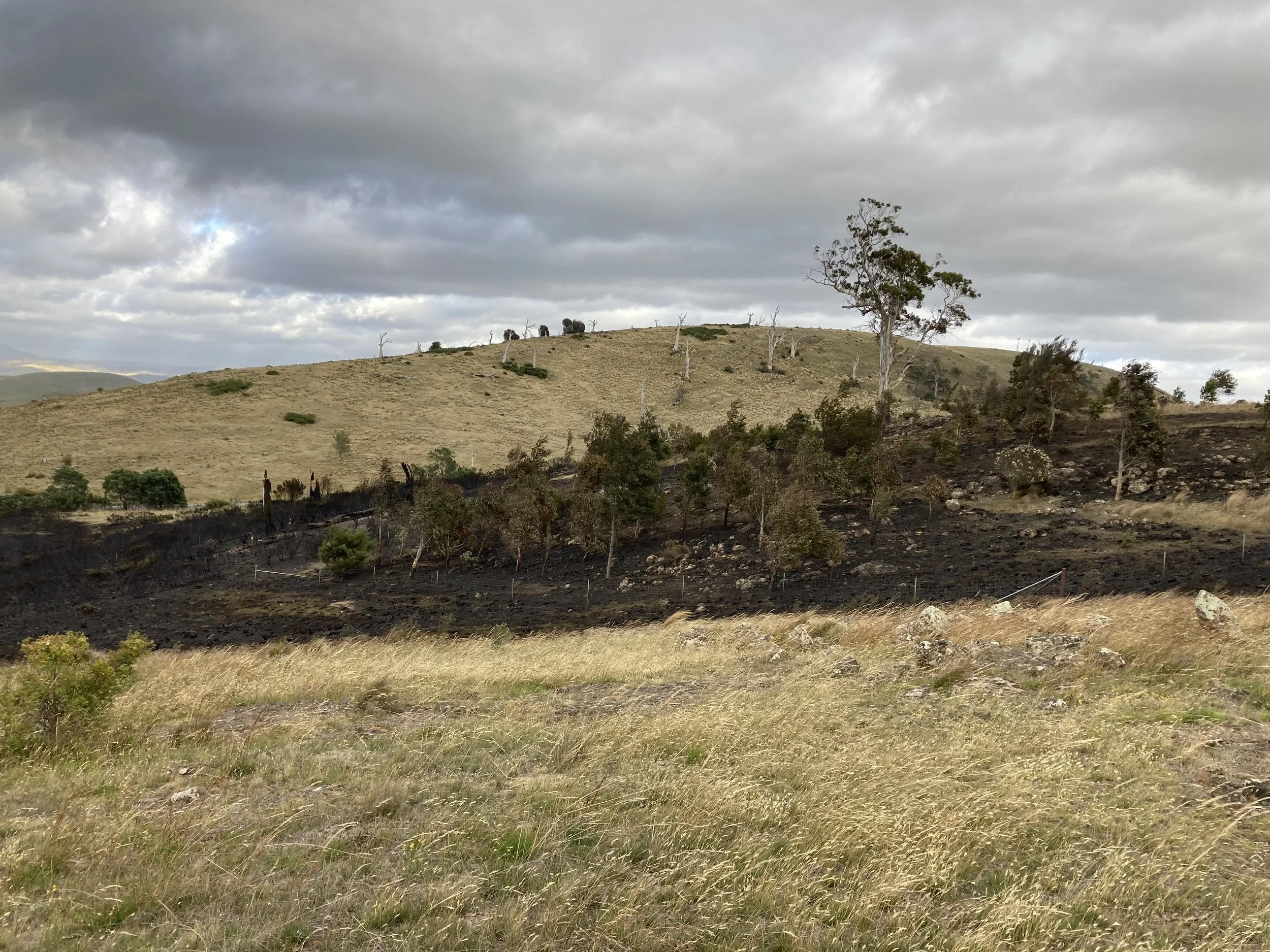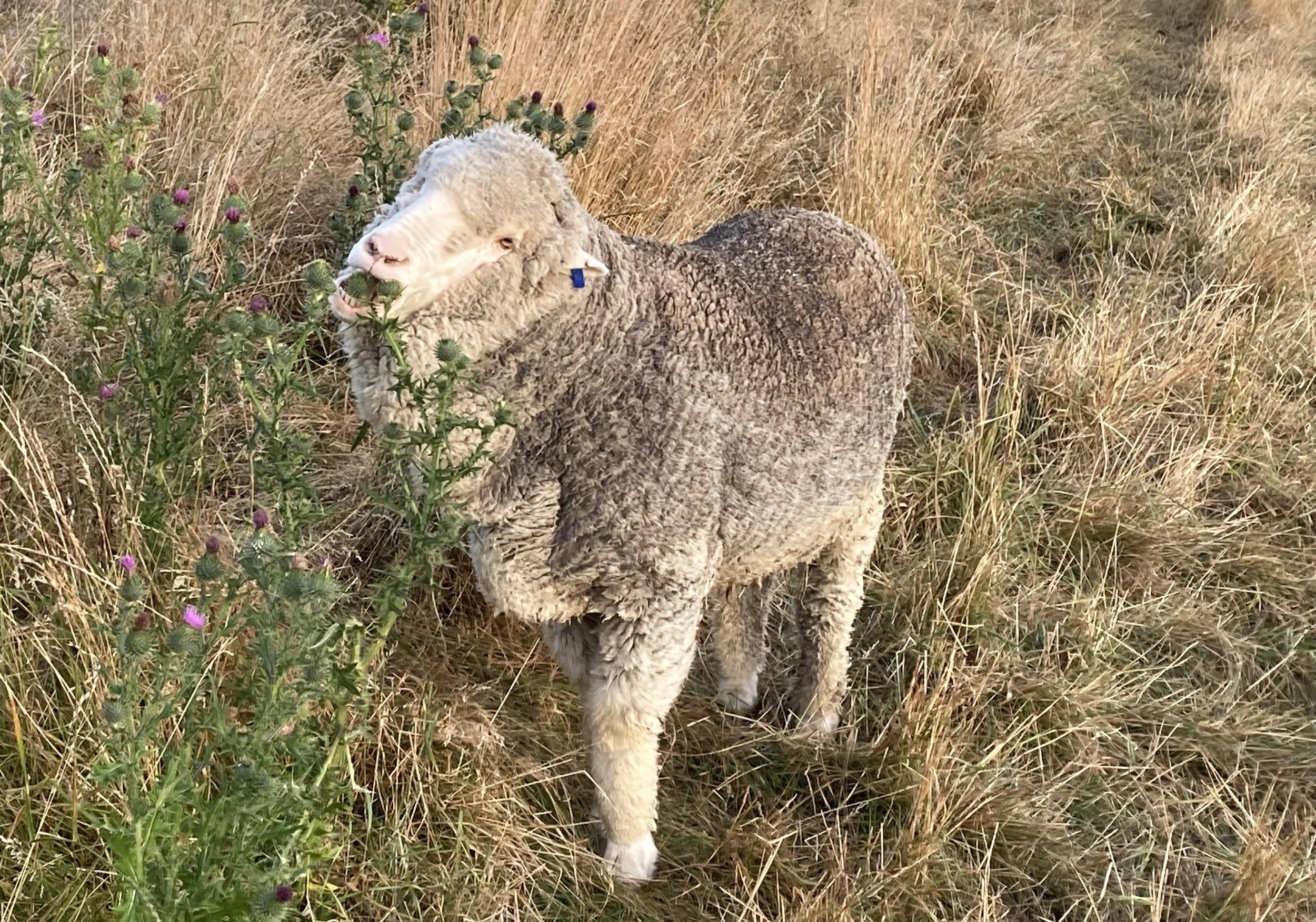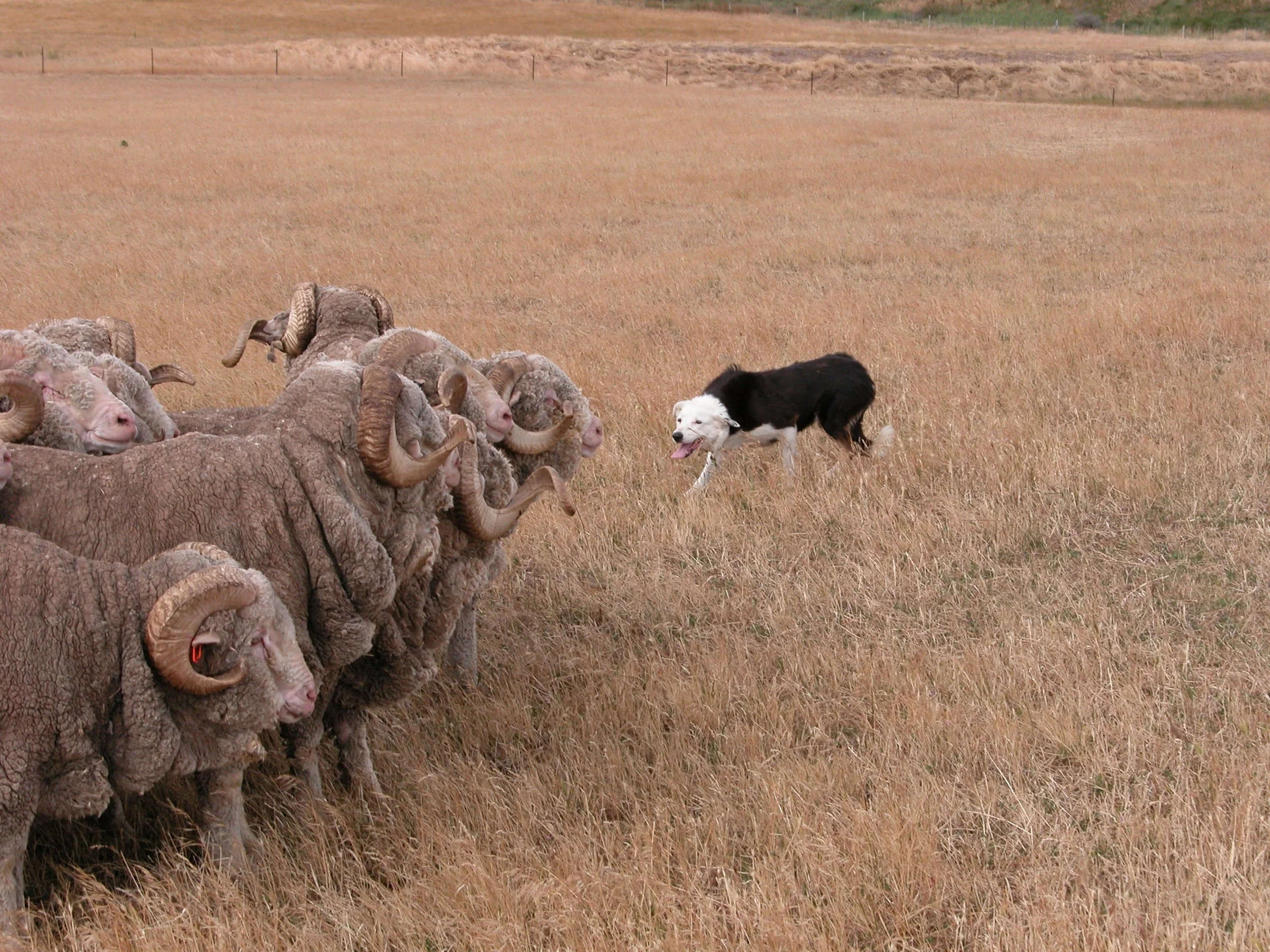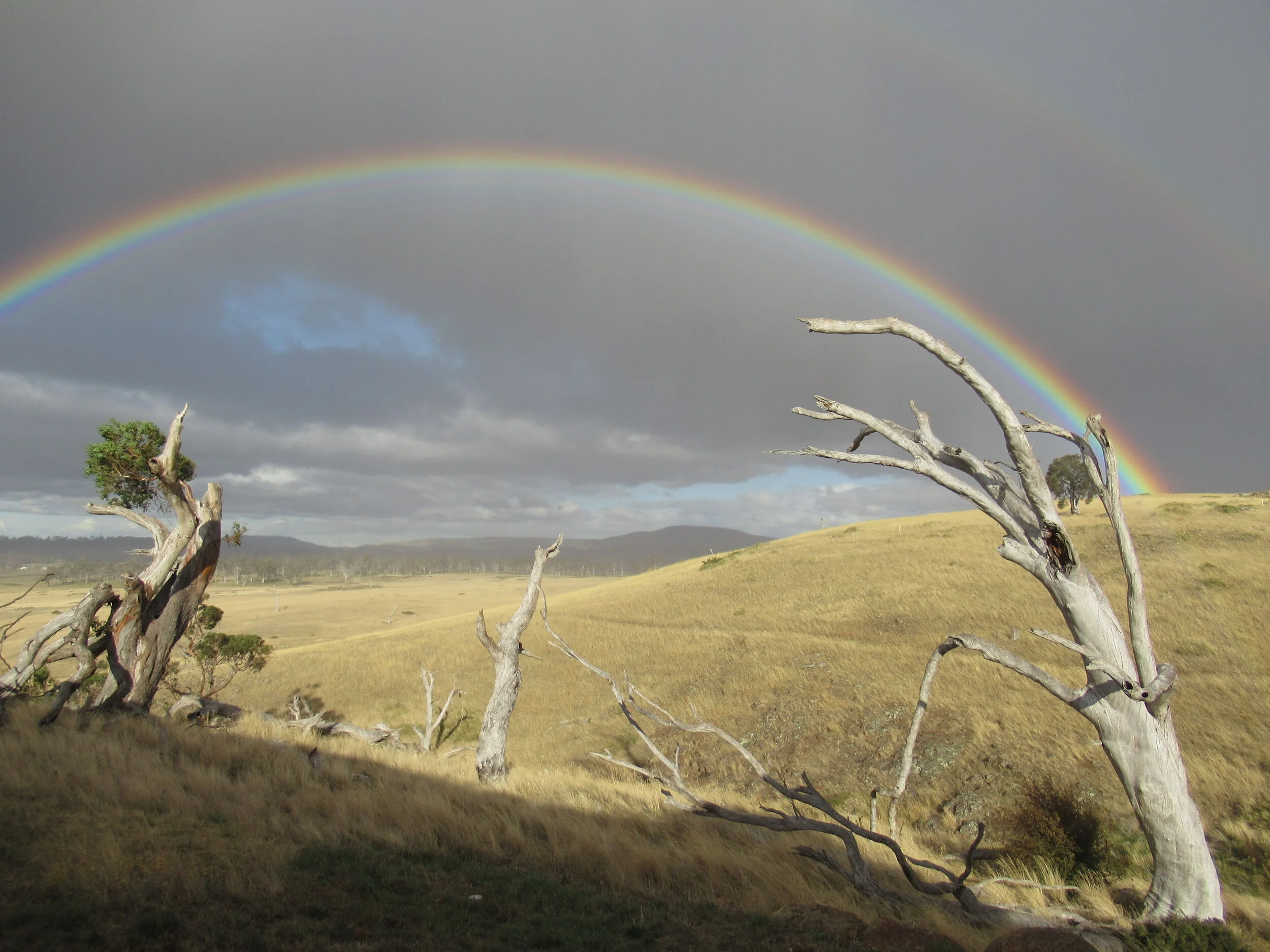Note to self: you need to change your mindset well before shearing next year. Let this be your reminder to practice staying in the present moment almost all the time, rather than just occasionally. If you don’t, you will, at the very least, leave a critical gate open and lose your sheep into the back country when you really, really don’t want them there, and don’t have the time to gather them back into the fold. There was a lot of swearing, none of it particularly inventive, when I did precisely that two days ago on my fifth straight day, and 7th out of a total of 12 days of shearing.
Kangaroo Dogs
As I held on to all four legs of the squirming, hapless young kangaroo, all I could think was. “WTF am I going to do now?!” With my five working dogs swirling around me, I couldn’t let the little bush kangaroo go—they’d already had him up against the fence once, which is how I finally caught him. Three of the five dogs were intent on finishing the job I’d so rudely interrupted.
Life is uncertain--eat dessert first!
I’m starting to think about writing the book I’ve been thinking about for 10 years. Only this time, it’s serious enough for me to gather all my source material, create a timeline, start re-reading the 100+ Yarns from the Farm and Come Shepherding posts, and sketch out different themes in my head. Why now? Well, in the process of accepting that I’m not going to live forever, I decided to question what I want to do with time I have left—which I’m hoping will be a good 20 years, nearly as long as I’ve been farming.
Changing of the Guard
I don’t know why I seldom write about my working dogs. Maybe it’s precisely because they are such an integral part of my life. It would be like writing about the sun coming up in the morning—a common miracle. When I do stop to reflect, I’m amazed all over again at the way my dogs and I can forge a bond through work that transcends the seemingly insurmountable barriers separating two different species.
Shepherding Final Exam
For at least a couple of years, I’ve been convinced that my flock is locally adapted to their home. The term “locally adapted” is not just rhetoric, it has a specific meaning in the context of animal behaviour. Locally adapted animals know how to thrive in their environment—where to find shelter, water, and the plants they need to stay healthy.
Itty Bitty Spaceships
On the steep hillside near the western boundary of my property, and visible from the highway as you travel south from Oatlands, is a village of small plastic domes. When they first went up, I used to think they looked like extra-terrestrial vehicles just the right size for a baby Yoda. In fact, they are part of an international research program looking at the effects of climate change on native pastures in many locations around the world. The Tasmanian component of the program is run by Prof Mark Hovenden and his team from the University of Tasmania.
What's In a Name?
Lots, actually, when it comes to livestock. Anecdotally, cows with names give more and better milk, and in my experience, named sheep generally grow more and better wool than the flock average. But of course, there's even more, when social structure comes into play. I'm finally back from my self-imposed "summer" break, which has extended well into northern hemisphere summer. It turned out to be an even better idea than I thought, giving me much-needed time to reflect on the business and my life in general. Time away from writing affirmed my love of the work I do.
Zen and the Art of Shearing
A Bonza Year
One Flock, Indivisible
Those of you who know me personally and through reading the Yarns will have a pretty good idea of the horrified fascination with which I watched the US election campaign—a bit like watching a forest fire raging out of control—and the dismay I felt at the result. Until yesterday, I hadn’t found the words I wanted to write, but after watching changes in flock behaviour after I re-united the “mothers-to-be” with the main flock, I was inspired to share the following perspective with you.
The White Gum Wool Working Dogs
The working dogs are so much a part of my everyday life on the farm that I’ve neglected to give them their own Yarn. A friend recently asked me how the dogs were coping with the abrupt onset of winter (two big snowstorms in the last 2 weeks), and particularly whether the dogs were allowed in the house. They aren’t. But their kennels have floor heating, so I don’t feel guilty. Plus, Oscar and Skye, the house cats, would have plenty to say, none of it politically correct.
Sweetness and Light
If over the last few months I’ve given you the impression that growing White Gum wool is all sweetness and light, November was certainly a counterpoint. It was a tough month, and December followed suit. The refrain has been “desperately dry”—we have had only 60% of our annual average rainfall, and our official 12-month rainfall deficit is sitting in the “severe” category.
The warfare between the sheep and the rose
In his 1943 classic “The Little Prince” Antoine de Saint-Exupery wrote (more poetically in French, mind you): "The flowers have been growing thorns for millions of years. For millions of years the sheep have been eating them just the same. And is it not a matter of consequence to try to understand why the flowers go to so much trouble to grow thorns which are never of any use to them?

